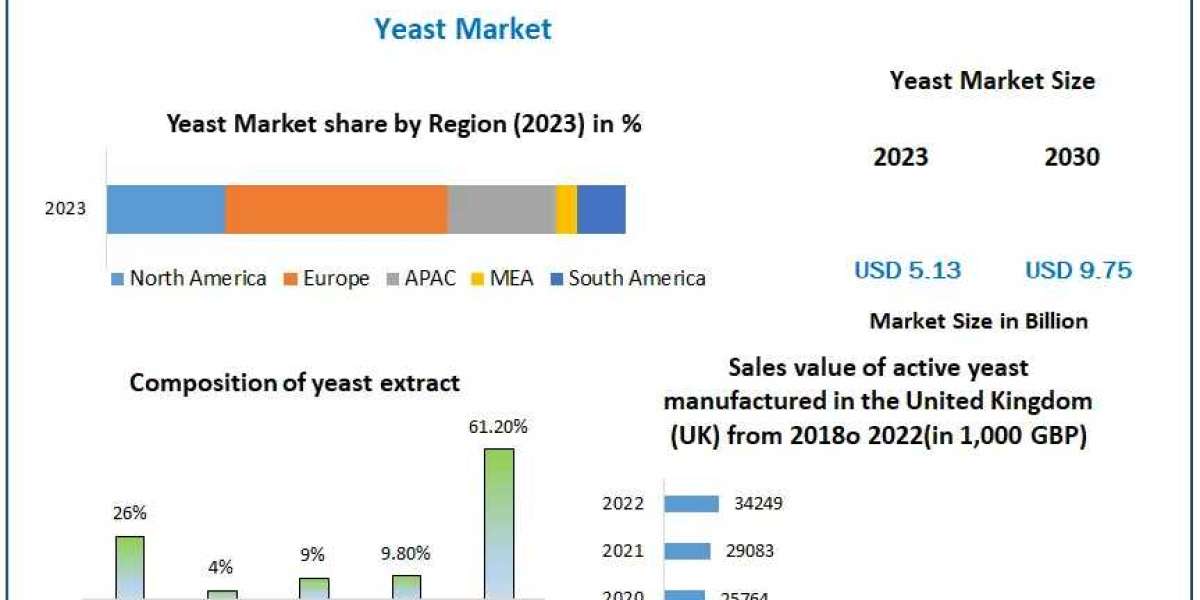Wang Chengshu's research group from the Center for Excellence in Molecular Plant Science, Chinese Academy of Sciences published a paper entitled "A bacterial-like Pictet-Spenglerase drives the evolution of fungi to produce b-carboline glycosides together with separate genes" in the Proceedings of the National Academy of Sciences (PNAS). This study reveals the molecular mechanism of the entomopathogenic fungus Beauveria bassiana acquiring a bacterial-derived horizontal transfer (HGT) gene to synthesize β-carbolin alkaloids and their glycosides.
Different prokaryotes and eukaryotes can synthesize β-carbolin alkaloids with various structures, which have important biological activity or medicinal value respectively. Many β-carbolin alkaloids from fungi have been reported, but the synthesis mechanism is rarely resolved. Different Pictet-Spenglerase (PS) enzymes have been identified in different bacteria, plants and animals, which can synthesize β-carbolin skeleton with tryptophan as a substrate, but PS enzymes derived from fungi are not clear.
This study found a HGT gene highly homologous to the marine bacterial PS enzyme in the genome of Beauveria bassiana, and named it Fcs1. Through heterologous expression in Escherichia coli and yeast, it was found that the gene can synthesize β-carbolin skeleton; Fcs1 was overexpressed in Beauveria bassiana, the products were isolated, purified and identified to obtain a series of β-carbolin alkaloids and their Glycoside compounds, most of which are new structural compounds. The study compared the transcriptome analysis between the wild strain and the Fcs1 overexpression strain, and obtained multiple differentially expressed potential P450 genes. At the same time, yeast expression and gene deletion analysis proved that a CYP684B2 family gene (named Fcs2) can oxidize the β-carbolin skeleton at multiple sites, and found the cofactor gene Fcs3 of Fcs2. Further gene function verification showed that a pair of tandem glycosyl-methyltransferase genes were responsible for the sugar methylation modification of carboxyl and multi-site hydroxyl groups to generate β-carbolin glycosides with different structures, which were named bassicarbosides.
Different from the structural characteristics of typical fungal secondary metabolic gene clusters, the different functional genes identified in this study are located on different chromosomes of Beauveria bassiana, but the CYP684A2 family genes adjacent to Fcs1 do not have the oxidized β-carbolin skeleton activity, but has a high degree of similarity with Fcs2, showing the evolutionary characteristics of clustering around the Fcs1 gene. In addition, the analysis found that when the homologous gene of Fcs1 in the relative species of Beauveria bassiana does not exist, the P450 highly homologous to Fcs2 in the genome does not have oxidative activity. Molecular docking and site mutation proved that there were differences in some key sites of Fcs2 homologous proteins in fungi without Fcs1.
This study enriched the types of PS enzymes derived from fungi, revealed that the acquisition of key HGT genes can promote the functional evolution of associated genes, and obtained transitional evidence for the formation of fungal secondary metabolic gene clusters. The research work is supported by the National Natural Science Foundation of China Innovative Research Group Project and the Key Research Program of Frontier Science of the Chinese Academy of Sciences.
Background reading
It's a fungus that grows in soils all over the world. It is widely used as a sprayed biological insecticide to control a wide range of pests such as bed bugs, termites, thrips, whiteflies, aphids, and various beetles. It acts as a parasite on various arthropod species, causing white muscardine disease.








